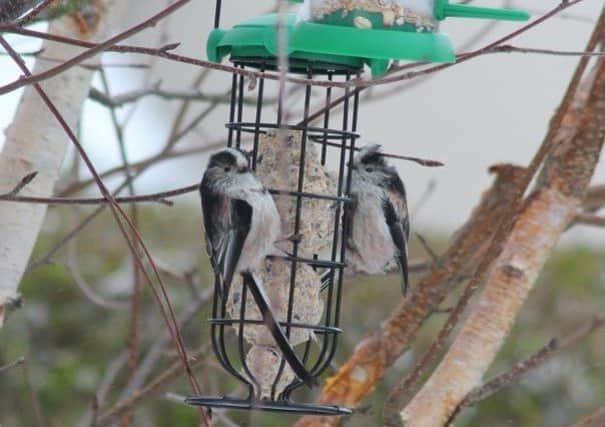Consider our garden birds in planting


How do they survive such conditions? In our case I like to think it’s through a little help from their friends, and that involves more than just supplying appropriate food.
When a decision is to be made regarding a boundary, if possible decide in favour of a hedge, rather than a fence, and at a stroke you are providing the wherewithal for survival to a diversity of organisms.
Advertisement
Hide AdAdvertisement
Hide AdWhere there’s no choice but a fence, at least encourage evergreens to clamber up or grow alongside it. This will encourage birds to visit, even become residents in your garden.
This garden is surrounded by hedges of privet (ligustrum), beech (fagus) and hawthorn (crataegus) – a combination of dense evergreen, pseudo deciduous and true deciduous.
Once birds enter the privet they vanish from view, safe from feline foes and the sparrow-hawk that glides daily, low over the lawn.
Beech hedges, unlike the tree form, refuse to part with last summer’s leaves until replacements emerge in spring. This alone earns it a spot in any property boundary, while the hawthorn has a filtering effect, taking the sting out of winter winds that would otherwise sweep through the garden.
Advertisement
Hide AdAdvertisement
Hide AdSlow-growing conifers, evergreen shrubs and ivy-clad walls are also part of this garden’s wildlife offering.
When the ‘Beast from the East’ bedecked these priceless plants in snow and evening approached, we knew that our feathered friends would be settling down to roost deep inside.
You can’t put a price on such plants in maturity.